Carvers of Fort Rupert
February-March 2000
This is an article from WaveLength Magazine, available in print in North America and globally on the web.
by Rajé Harwood
It was a blustery day in December when I visited Fort Rupert-Tsaxis-on northern Vancouver Island. The winter morning sun shone on the community, illuminating the the totem poles standing tall before several of the homes and the beautifully painted carvings which framed the entranceway to the Big House. The sun's rays also shone on Shell Island and Deer Island, the setting of "Land of the War Canoes" by Franz Boas in 1916, the first film to have been made in British Columbia.* I had come to Fort Rupert to visit the workshop of Stan Hunt, a member of one of the first families of Northwest Coast carving. I met Stan's nephew, Chris Lyons, at the Band Office and was guided by him past the long canoe shed to the family's workshop on the shore. The aroma of cedar shavings filled my nostrils as I was welcomed into the busy workshop. I was shown a mask of Dzunuk'wa (Wild Woman), freshly painted and perfect in every detail. I looked through Stan's pictures of moon masks, sun masks, masks of every animal and bird, and as I did, I realized I had been led to the heart of a culture rich beyond my imaginings. |
 |
Stan's mother Helen Hunt is shown as a frog with a dorsal fin, telling how people became whales and whales became people |
 |
Tim Alfred prepares to inlay copper
|
For thousands of years, Northwest Coast artists have been erecting totems, carving and painting canoes and paddles, making masks for dancers, making blankets, hats, drums, rattles, jewellery and feast bowls to be used by their families, plus elaborate pieces to be given in appreciation to guests who bore witness to important family occasions at potlatches. Now this art and culture have achieved international recognition.
I watched as Stan began to rough out the shape of the lower beak for the Raven mask with his adze, guided by his freehand drawing. No templates were used, and no power tools, only the traditional carving tools-the adze, straight knife and curved knife.
In 1884, this art was suppressed as the ceremonies and gift-giving associated with the potlatches were banned by the Canadian Government. The ban wasn't lifted until 1951.
Within some families, there were few or no artists to continue the tradition. In others, such as Stan's family, individual artists maintained their classical carving skills. "We have never stopped carving," said Stan. "There has never been a break in the line. When poles were taken we carved more. When regalia was confiscated or burned, we made more."
Stan's grandfather Mungo Martin was hired as resident artist by the Provincial Museum in Victoria in 1952, to share his exceptional carving and painting skills with the world. He began by building a Kwakwaka'wakw style Big House in the museum's Thunderbird Park and holding a three-day potlatch to celebrate.
Stan's mother, Helen Dorothy Hunt, originally of the Nelson family of Kingcome Inlet, was the adoptive grandchild of Mungo Martin and was in her own right a chief three times over. Stan's father, Henry Hunt Sr., to whom she was promised in marriage, was also a chief.
Stan's father learned from his famous father-in-law, and passed this cultural legacy along to Stan and brothers Tony and Richard. Stan is now passing this legacy on to his sons Jason and Trevor, and his cousin Tim Alfred of Alert Bay.

|
Trevor Hunt with adze shapes a Bear rattle |
Iwatched as Stan lifted the raven to his shoulders, demonstrating how it is worn by a dancer, and how aware the carver must be of weight and balance. He crouched and the raven came alive, head tilted to one side, pecking, first one way and then the other.
"The dancer must be as close to the floor as possible, without touching the beak to it. If the beak touches the floor, he owes a potlatch," Stan explained.
Stan and members of his family sometimes dance in Seattle in the summers.
This raven will be purchased by a collector through the Coghlan Gallery. Such display pieces are treasured the world over. But they are to be worn only by certain members of the Hamatsa society. Stan is a Hamatsa and dances in the potlatch ceremonies for the Hunt family.
Jason, Stan's oldest son and an accomplished artist in his own right, showed me how he carved the handles of his tools from maple, oak, arbutus and alder and bound them for added strength.
I spent the afternoon watching the men work, realizing this scene was not far removed from the thousands of years' traditions, and feeling priviledged to be present.
 |
 |
Chris Lyons sketches features of the face he will carve
|
Jason Hunt carves a bear rattle of yellow cedar |
Rajé Harwood is a WaveLength representative living on Hornby Island
Trevor Hunt may be seen carving at Just Art in Port McNeill every Friday and Saturday through the summer where his work is featured. Jason will be carving, with his father, in Tucson, Arizona at Bahti Indian Arts, February 10th to 14th of this year.
* Franz Boas' 1916 film depicting a traditional wedding ceremony may be viewed at the U'mista Cultural Centre in Alert Bay and at the Campbell River Museum.
The Kwaguilth Fort Rupert Band is now developing a campground on Deer Island, with kayakers in mind. There is a small pavillion, outhouses, campsites and woodsheds. Camping is free but call the band office at 250-949-6012 to let them know of your intention to camp, or paddle over and let them know you are there. There may be a small user fee in future, as plans go forward to build a large pavillion on the site of the false fronts used for the Boas film.
|
First Nations' Galleries and Other Resources The Copper Maker, 114 Copper Way,Fort Rupert, BC. Ph: 250-949-8491, featuring the work of Calvin Hunt, Mervin Child and Stephen K. Hunt. Queneesh Gallery, 3310 Comox Ave., Comox, BC. Ph: 250-339-7702. Wei Wai Kum House of Treasures, 1370 Island Highway, Campbell River, BCV9W 8C9. Ph: 250-286-1440. Stan Hunt, PO Box 2476, Port Hardy, BCV0N 2P0. Email: Cowichan Native Village, 200 Cowichan Way, Duncan, BCV9L 6P4. Toll free: 1-877-746-8119. www.cowichannativevillage.com Hiwus, authentic west coast culture, performance and food. Grouse Mountain. for reservations, call :604-980-9311. Web: www. grousemountain.com Aboriginal Tourism Association of BC, 3082 Ghumlye Drive, North Vancouver, BC V7H 1B3. Toll free ph: 1-877-266-2822. A Guide to Aboriginal Organizations and Services in BC, Ministry of Aboriginal Affairs. Ph: 250-356-2394. Also available at www.aaf.gov.bc.ca/aaf/pubs/orglist1.htm. Aboriginal Business Canada, Industry Canada. Vancouver: 604-666-3871. Ottawa: 613-954-4064. Web: http://abc.gc.ca |

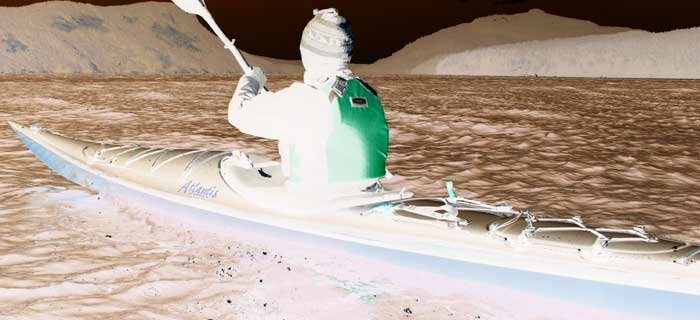
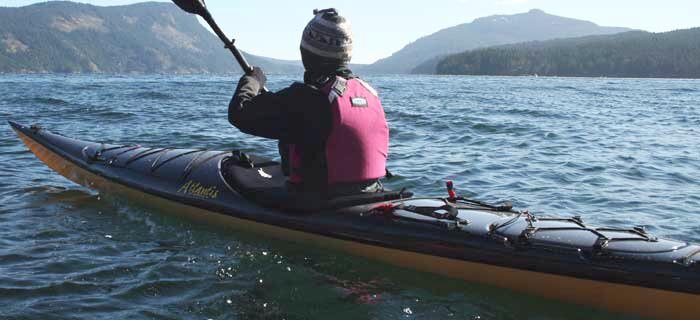
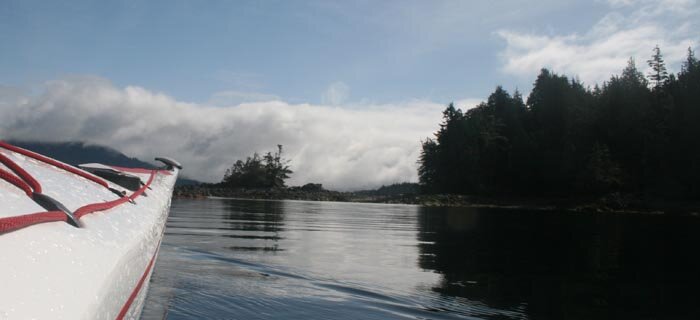
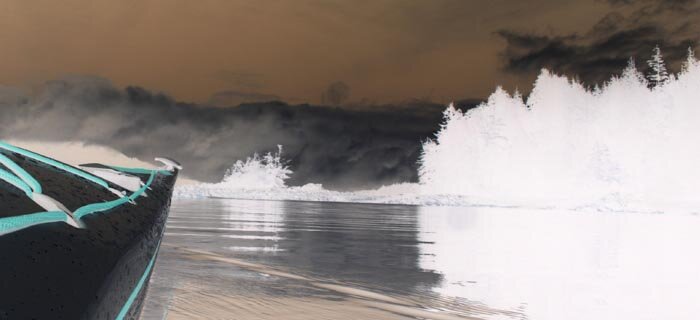
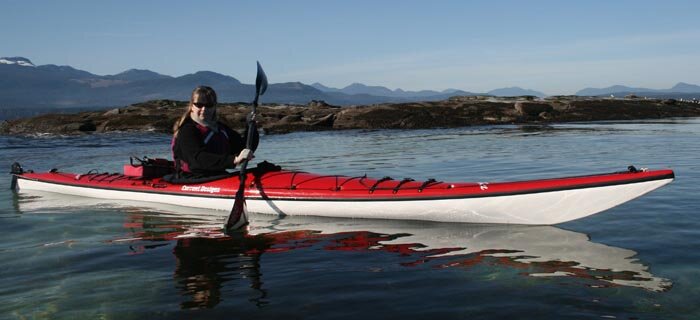


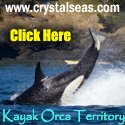
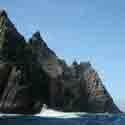

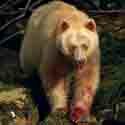











 This site uses valid HTML, CSS and Flash. All content Copyright © 2010 Wild Coast Publishing.
This site uses valid HTML, CSS and Flash. All content Copyright © 2010 Wild Coast Publishing.